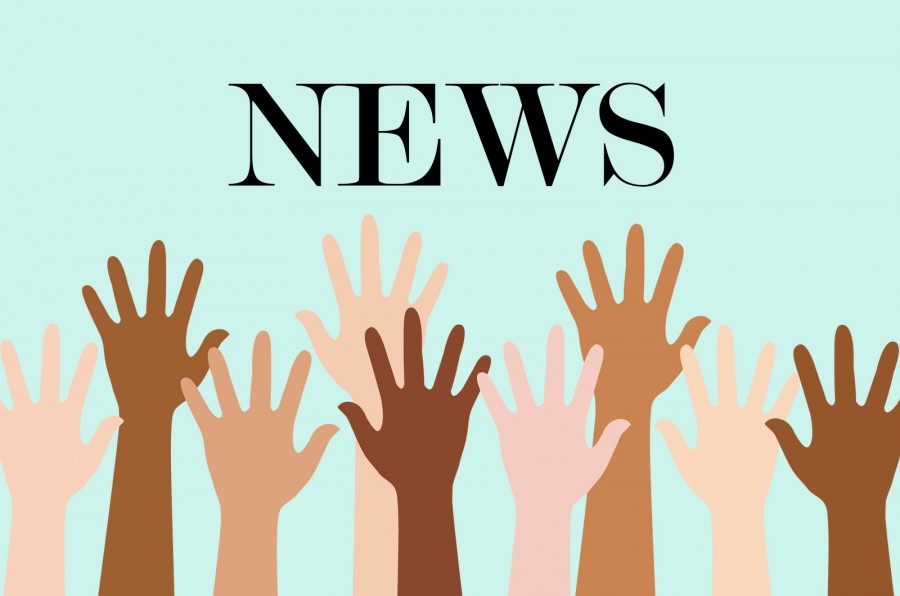Race Kiosk drives students toward immaterial differences
October 1, 2015
This semester, University students may have noticed a new addition to the bottom floor of the Elaine Langone Center. In the Student Space, right outside the Campus Activities and Programs Center, sits the Race Experience Kiosk. It is a mostly-black pod, with words describing diversity written around it.
Upon further inspection, curious students may discover they can actually enter this space. They can sit down at the computer screen inside, click the start button, and begin their journey.
I was one of these experimental students. After starting up the program, the screen presented me with a long list of positive words.
A prompt appeared: “Choose three words that contribute to the strength in our differences.” I thought for a minute, then selected “togetherness,” “bonding,” and “uniting.”
Another list followed: “Choose three words that contribute to prejudice.” I chose “discrimination,” “stereotypes,” and “disrespect.”
The screen also has technology that captures the attributes of the participant’s face and uses morphing software to show him or her what he or he would look like as a different race. The software alters appearances for Caucasian, African American, Asian, Hispanic, Middle Eastern, and Indian races.
The Race Experience Kiosk promotes diversity, both physically and emotionally. Its goal is to invite the University community in for a highly personal opportunity for growth and greater cultural and racial awareness.
Professor of English Carmen Gillespie was responsible for the kiosk.
“Several years ago I got an informational flyer that said there was an artist who designed the morphing technology,” Gillespie said. “I thought, ‘What an interesting idea.’”
Gillespie said that it was not the kiosk’s technology that captured her attention, but rather the lesson that students could learn from using it.
“If we’re able to place ourselves in the center of all these identities that we define as different, then maybe we will be able to understand that their difference is really immaterial,” Gillespie said.
Gillespie specifically addressed diversity on campus.
“The [Class of 2019] is the most diverse class Bucknell has ever had,” Gillespie said. “We have a lot of work to do to become truly diverse, but I think together we can make strides in the right direction.”
Gillespie also discussed her own racial experiences.
“I think many African American families like my own are very familiar with the idea of racial diversity. If we see our roots as racially diverse … and always myriad and inclusive, then I think we’ll be able to understand ourselves better and be able to tackle our own racial issues. I think you have to go back to the source,” Gillespie said.
Responses to the kiosk, for those who have ventured into its booth, seem positive.
Renee Rouleau ’19 said that the kiosk is “a highly interesting and eye-opening experience I think everyone should try to have the chance to do.”
Gillespie also expressed potential for the Race Experience Kiosk to promote diversity.
“I think it would be fascinating if we could do a genomic outlay on everyone so we can actually understand what our heritages are. I think people would be very surprised how diverse we are,” Gillespie said.





















